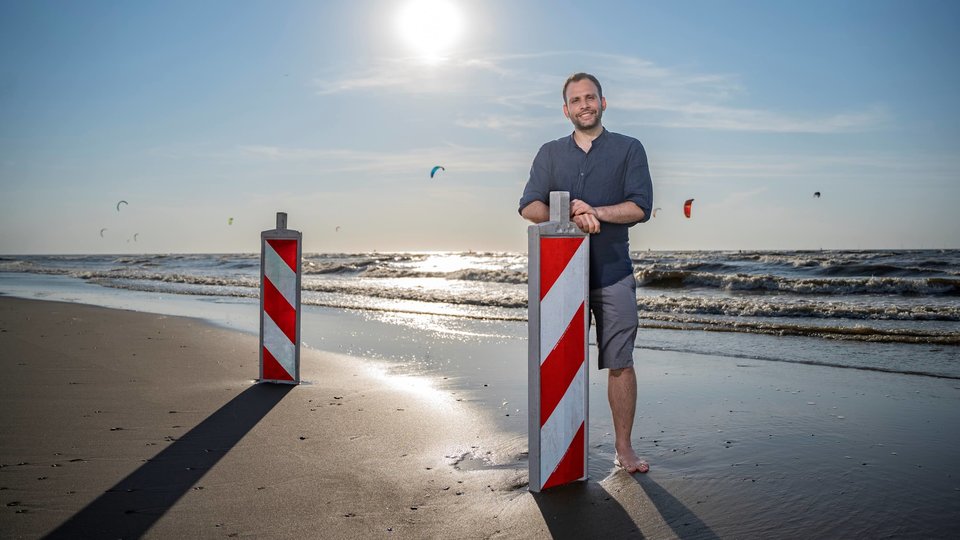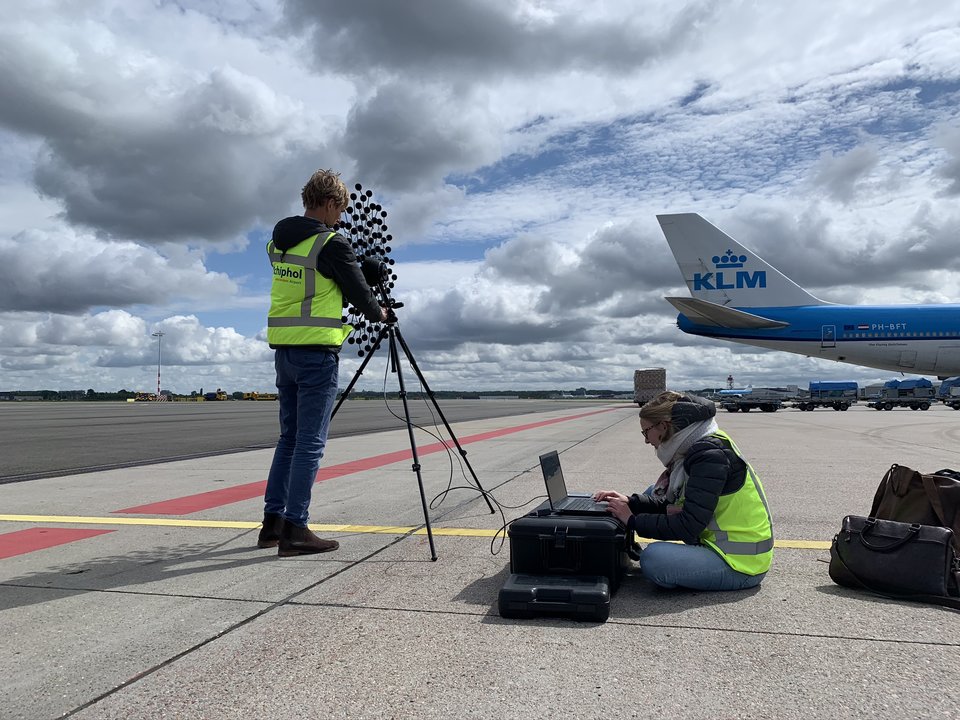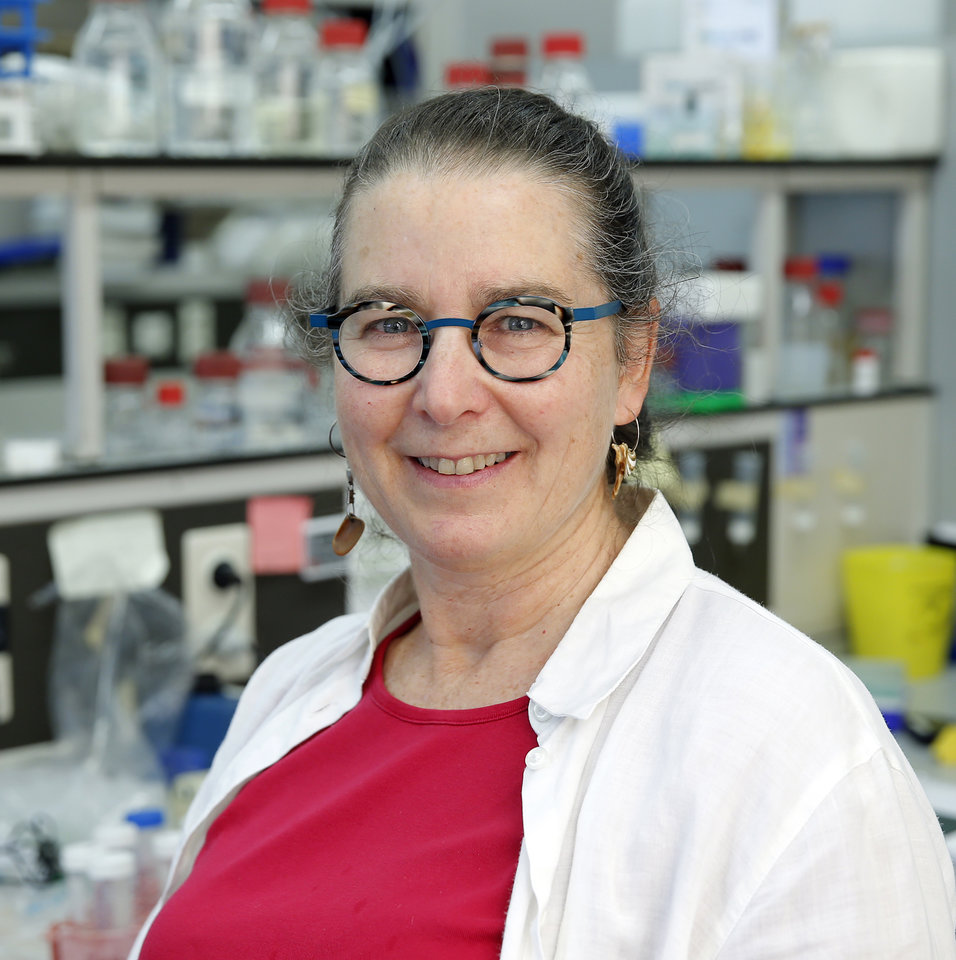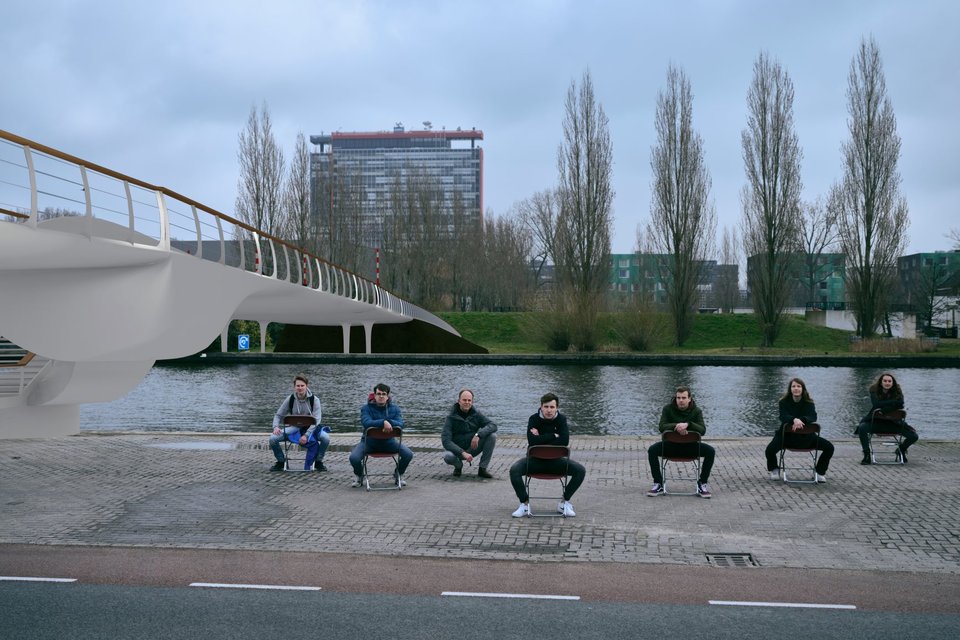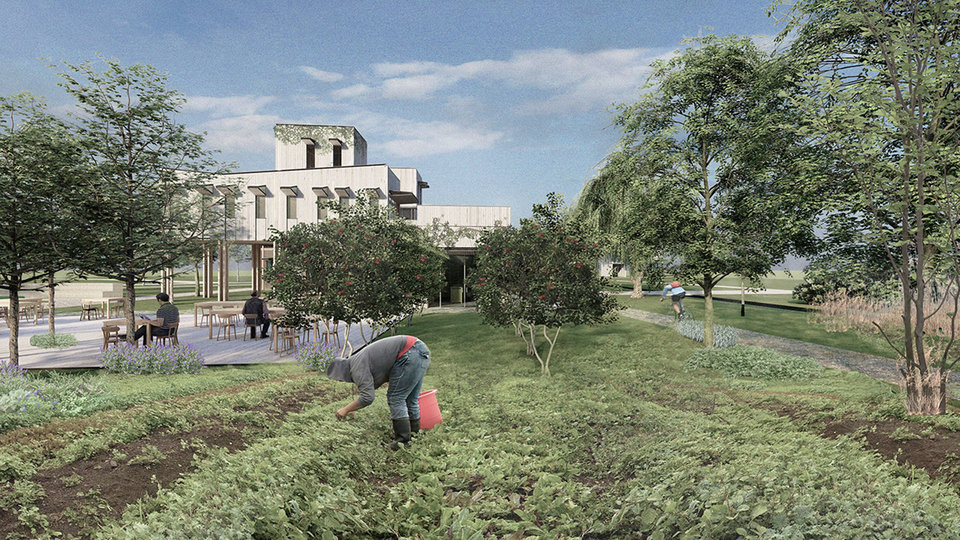“Everything revolves around food.” When Adrianna Karnaszewska was asked to zoom in on metropolitan London she saw an opportunity to utilise leftover spaces near railways by transforming them into ‘foodscapes’. She created a network of multifunctional hubs and productive sites that constitute an urban food supply chain bringing the production of food close to home. With her graduation project Adrianna was elected one of the four winners of the Circularity in the Built Environment Graduation Award 2021-2022.
Studying London’s many material and immaterial flows Adrianna realised to what extent the production, processing and consumption of food lies at the heart of urban life. “Food not only dictates the rhythm of one’s day, it couples the metabolisms of the body, the city, the country and even the world.” Zooming in on the city scale, she found there are many plots, in all shapes and sizes, that as a result of their awkward position adjacent to or confined by railway infrastructure remain underused. “By combining concepts for commercial vertical farming and more community-oriented urban farming, these derelict terrains could be transformed into constituents of an urban food network. In such a network local production and consumption are paired with the opportunity to increase public awareness of food production.”
Local needs
Adrianna imagines different food hubs spread across London yielding different products, that can be exchanged throughout the city. In fact, she says, an efficient transport system is already in place. “The railway could be used at night, when there is very little railway traffic, to transport goods from one hub to another.” A food hub can be incorporated in or matched with facilities that are required locally. Such as a university complex in need of sustainable catering facilities and food research labs or grocery stores looking for fresh and local produce to sell. But even a water purification plant or a textile factory could serve to make a match.” Each hub should also have a distinct social function following the characteristics and needs of a neighbourhood. “For instance, where unemployment is a critical issue, some may find work as urban farmers.“
The hub she designed is aimed at enhancing education. “Obesity and malnutrition among children are problematic in socially deprived areas. At this hub children, as part of their school curriculum, can experience how all sorts of foodstuffs are cultivated. They can grow or harvest their own fruit, veggies and herbs, and learn how to appreciate them as a source of tasty food. Increasing awareness and showing good practices early on, I believe, can really make a difference.”
Food waste
One of the critical issues in the urban food chain that Adrianna tackles in her master plan and exemplary design for a food hub is the excessive food waste. “Around a third of all food produced globally is wasted, resulting in unnecessary greenhouse gas emissions and wasted resources like water, energy, land and labour.” Lack of awareness is part of the reason. “Urban dwellers hardly know where their food comes from or how industries determine its shape, taste and nutritional value. I am convinced that by situating food production facilities in an urban environment, close to the shops, restaurants and communities that use, sell, consume or even help grow the products, will counter preconceptions about what good food should look like. It will make it more clear that throwing away food that doesn’t meet certain aesthetic criteria is a mistake and that having it brought here from all over the world is quite unnecessary.”
The vertical farming facility as envisioned by Adrianna has the advantage that almost no waste is produced. The clean technology applied is resource-saving and food is grown only on demand. Moreover, any food waste from restaurants, university cantinas, markets, offices or households in the neighbourhood can be processed as biomass by anaerobic digesters, which transform food waste into energy. “On top of that, I have incorporated solar panels and solar tiles to produce even more clean energy to grow crops.” As a principle energy demand is kept to a minimum by matching crops with production spaces that enable the best conditions in terms of energy saving and light exposure. “All waste streams are regarded as potential resources. So in my design nearby homes profit from any surplus heat generated by production facilities. Creating as many technological and programmatic synergies as possible, that’s the idea.”
More information
The complete thesis is available through this link:
Adrianna Karnaszewska graduated under the supervision of Roberto Cavallo, Freek Speksnijder and Alper S. Alkan.
Circularity in the Built Environment Graduation Award
Adrianna Karnaszewska is one of the four winners of the Circularity in the Built Environment Graduation Award 2021-2022. With her graduation project she was elected winner in the category 'Cross-scale'.
The Circularity in the Built Environment Graduation Award is an annual award for students of the Faculty of Architecture and the Built Environment who graduated on a topic related to Circularity in the Built Environment. The prize is awarded by the Circular Built Environment Hub with the aim to stimulate research and innovation in the field of circularity in the built environment.
Winners of the Circularity in the Built Environment Graduation Award are selected from four categories: Materials & Components, Buildings & Neighbourhoods, Cities & Regions and Cross-scale.
Read also the stories of the other three winners

Adrianna Karnaszewska
Winner Circularity in the Built Environment Graduation Award 2021-2022 in the category 'Cross-scale'.

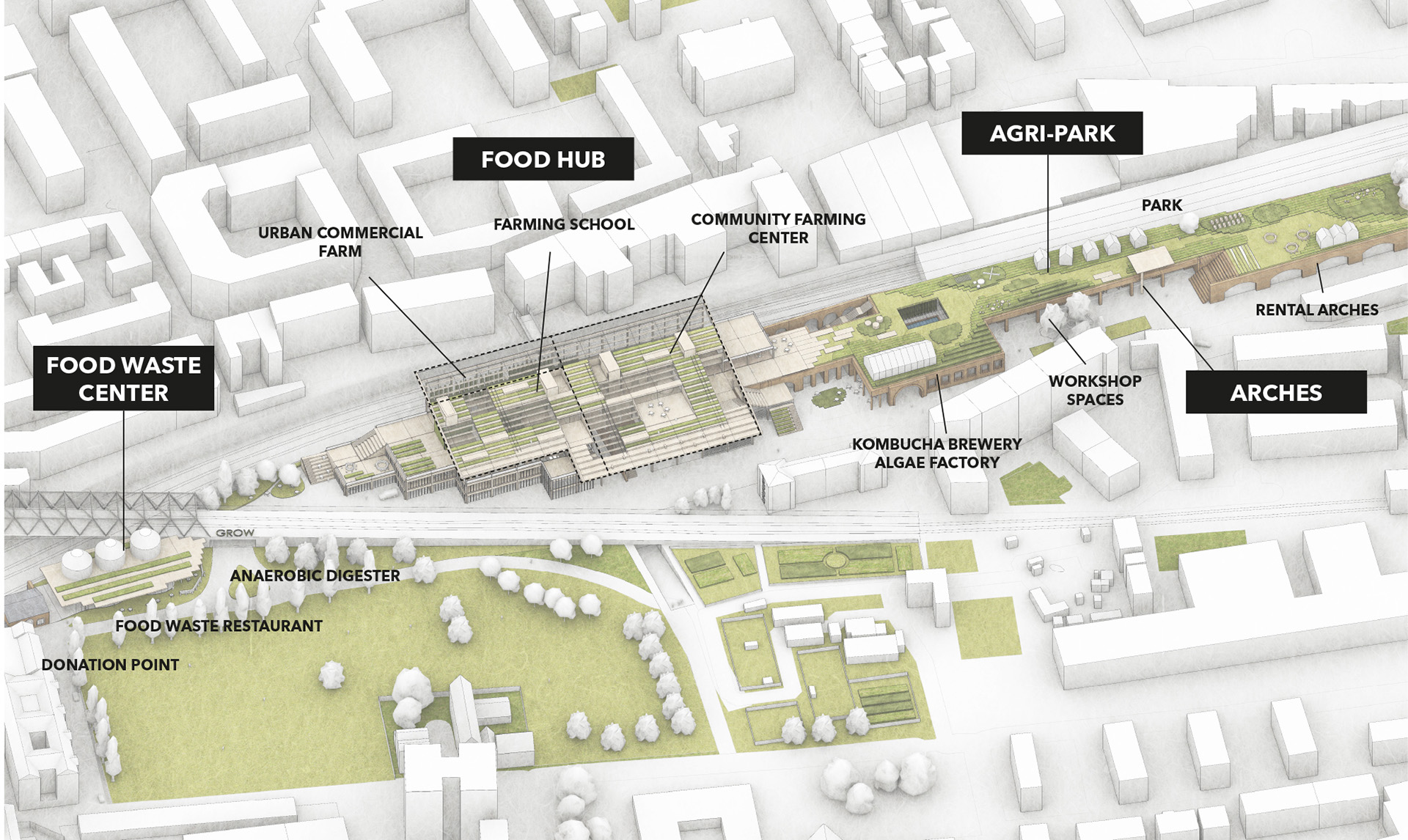

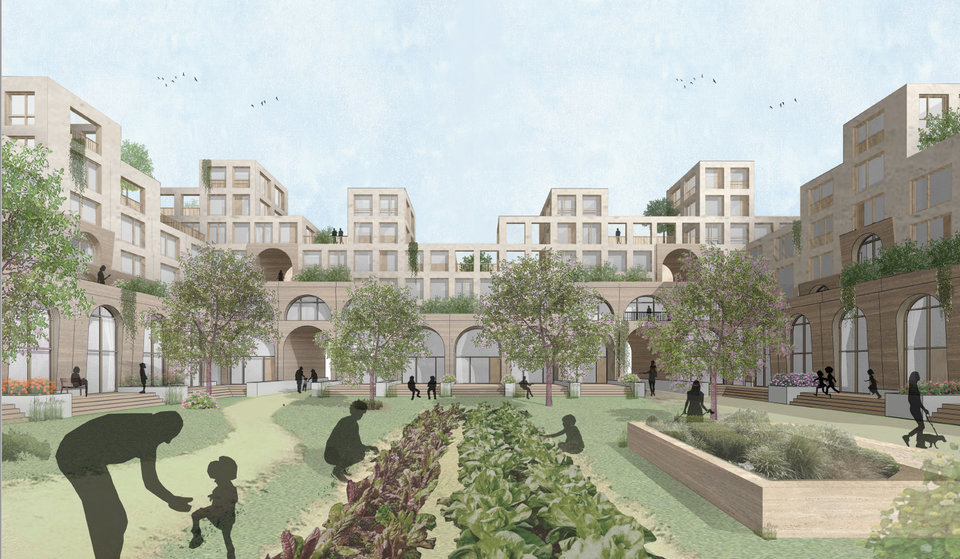
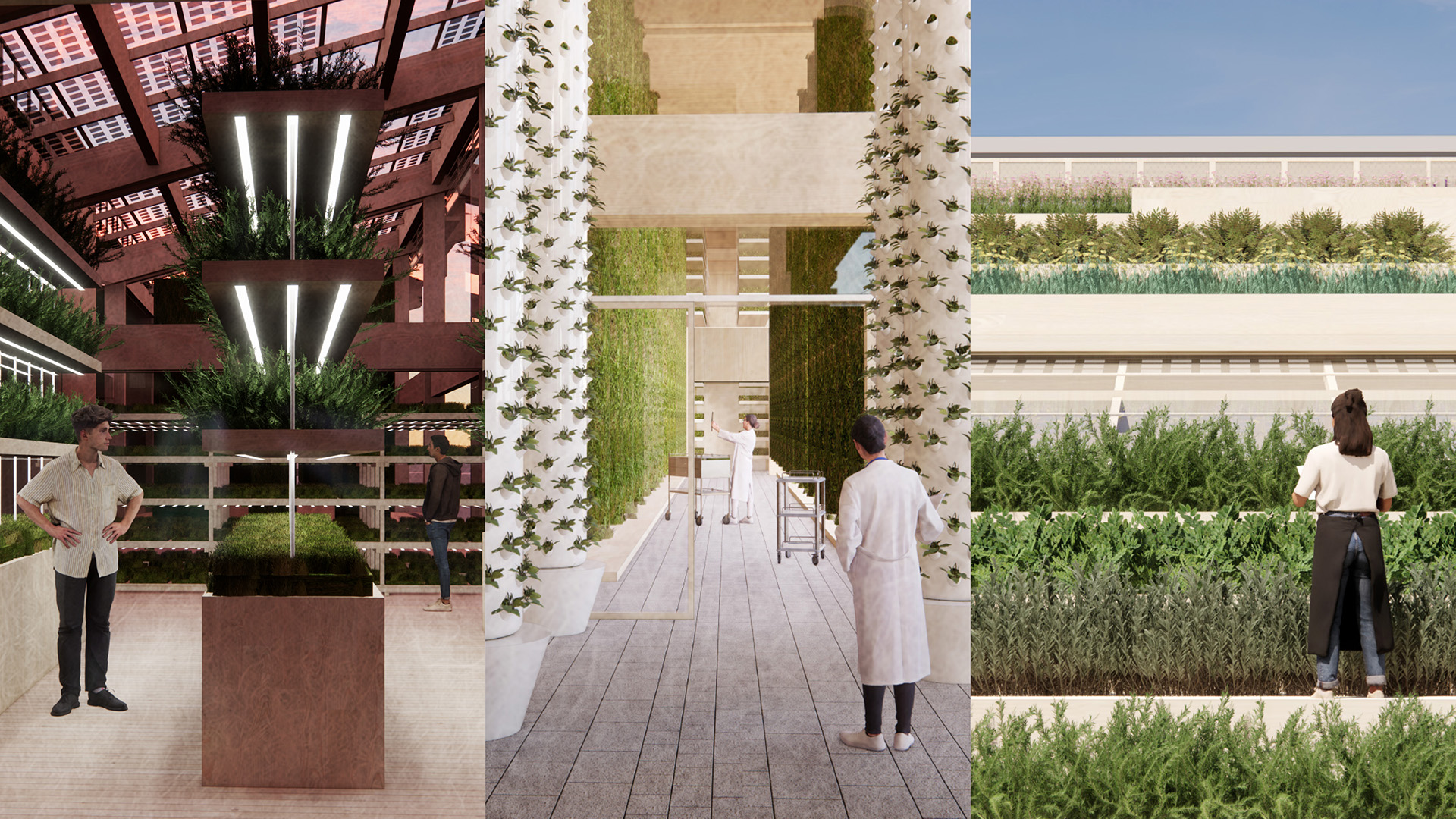
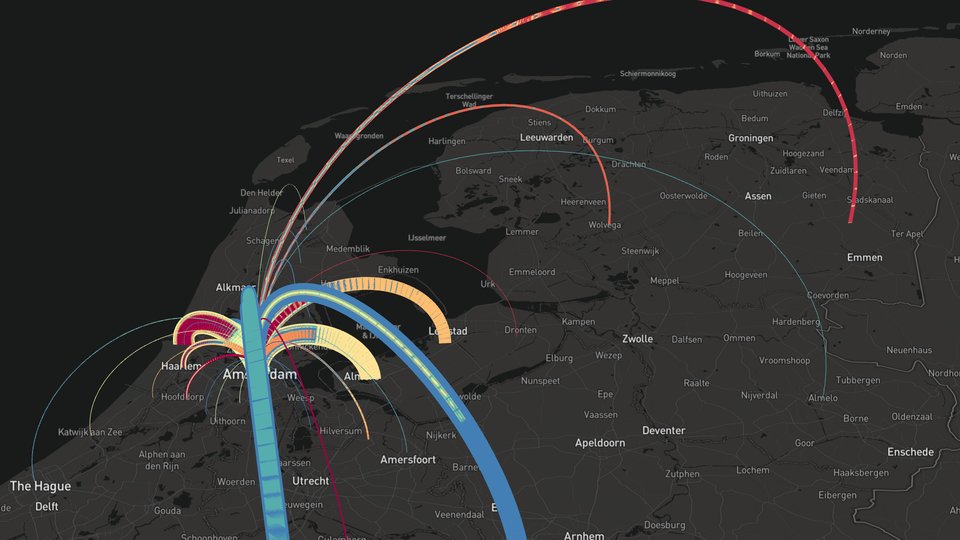
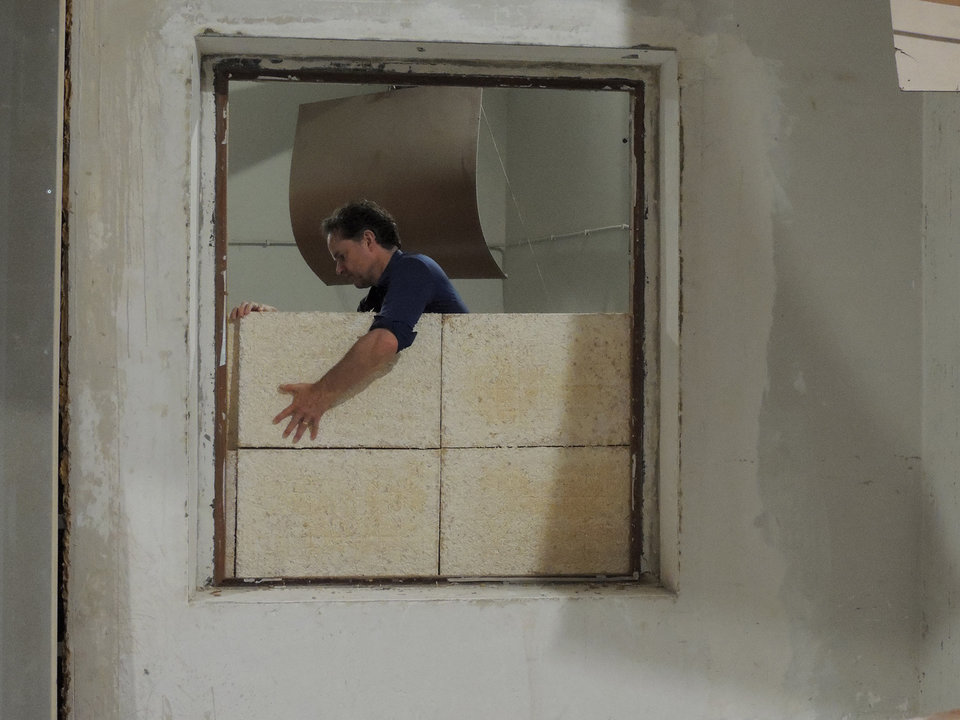
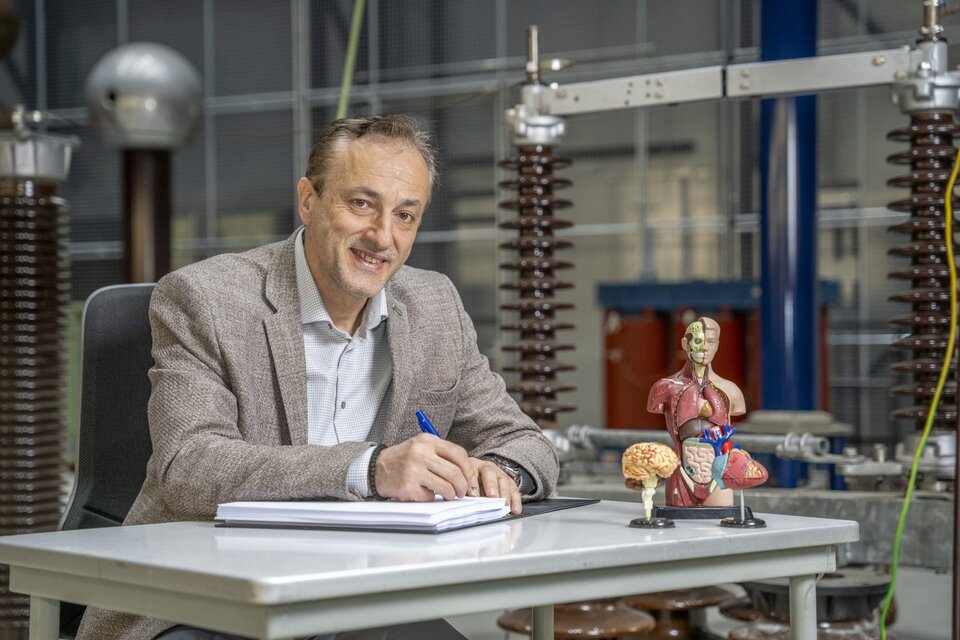
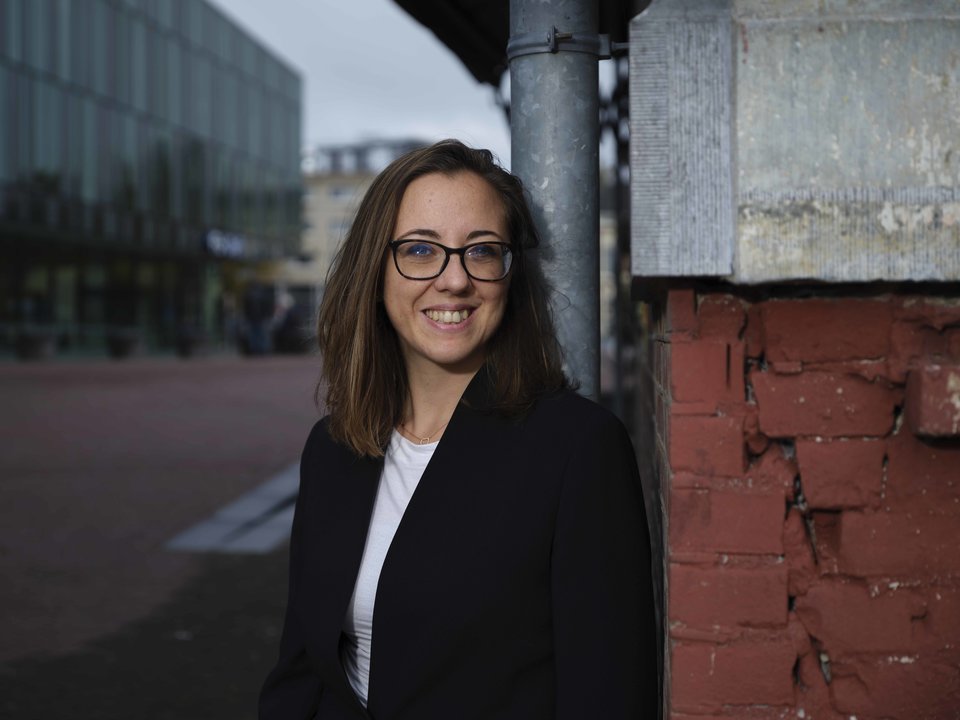

![[Translate to English:] [Translate to English:]](https://filelist.tudelft.nl/_processed_/0/b/csm_Header%20afbeelding%20InDetail%20-%20Stefan%20Buijsman%20-%202_01_8b72583971.jpg)
